The PIY is a multidimensional, psychometrically sound self-report instrument designed specifically for young people. It is composed of 270 items covering 9 nonoverlapping clinical scales and 24 nonoverlapping subscales:
Cognitive Impairment
- Poor Achievement and Memory
- Inadequate Abilities
- Learning Problems
Impulsivity/Distractibility
- Brashness
- Distractibility and Overactivity
- Impulsivity
Delinquency
- Antisocial Behavior
- Dyscontrol
- Noncompliance
Family Dysfunction
- Parent-Child Conflict
- Parent Maladjustment
- Marital Discord
Reality Distortion
- Feelings of Alienation
- Hallucinations and Delusions
Somatic Concern
- Psychosomatic Syndrome
- Muscular Tension and Anxiety
- Preoccupation With Disease
Psychological Discomfort
- Fear and Worry
- Depression
- Sleep Disturbance
Social Withdrawal
- Social Introversion
- Isolation
Social Skill Deficits
- Limited Peer Status
- Conflict With Peers
The 24 subscales reveal more specific clinical content, making the PIY an excellent diagnostic tool. In addition, four validity scales tell you whether the respondent is exaggerating, malingering, or responding defensively, carelessly, or without adequate comprehension. The first 80 items of the test can be used as a screener to quickly identify students who would show problems on the full inventory.
Items are written at a third-grade reading level. An audio CD is available for poor readers, and a Spanish Administration Booklet is available for those who read Spanish only.
The PIY gives you a reliable and valid measure of child and adolescent psychopathology, based on the respondent’s own perceptions.
-
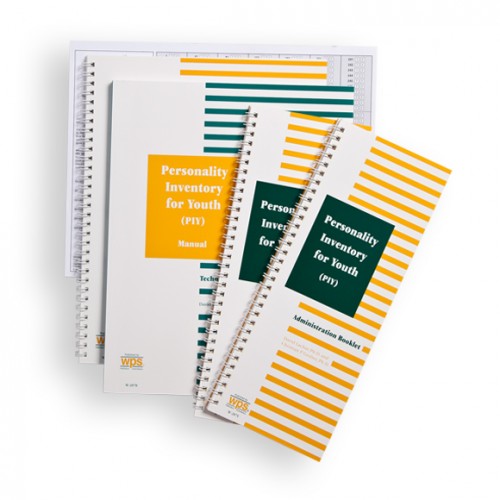
Personality Inventory for Youth (PIY)
PIY Hand-Scoring Kit
$649.20 -
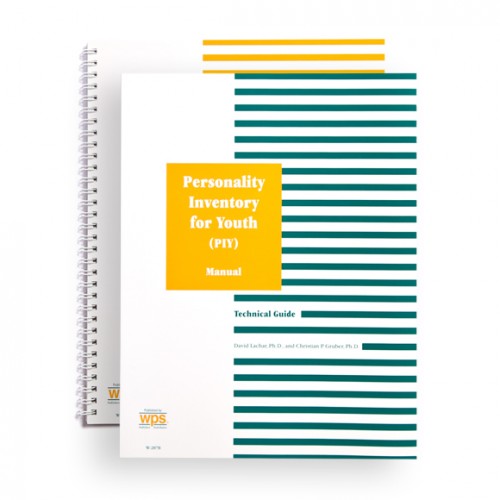
Personality Inventory for Youth (PIY)
PIY Manual (2-Guide Set)
$267.60 -
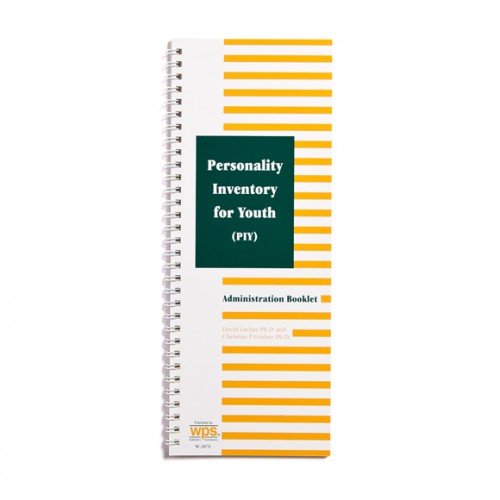
Personality Inventory for Youth (PIY)
PIY Administration Booklet
$93.80 -
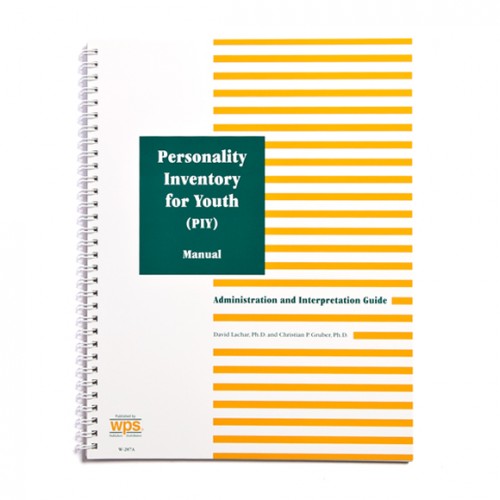
Personality Inventory for Youth (PIY)
PIY Administration and Interpretation Guide
$136.80 -
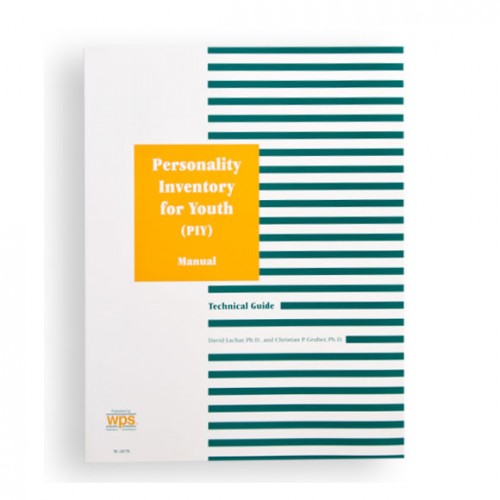
Personality Inventory for Youth (PIY)
PIY Technical Guide
$136.80 -
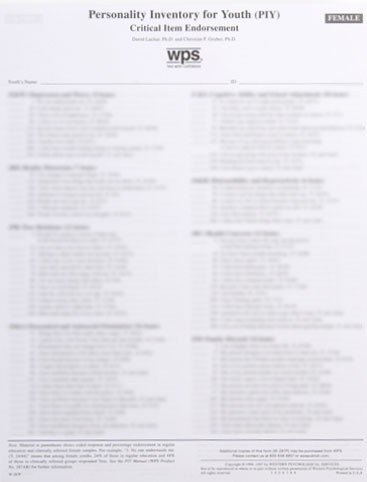
Personality Inventory for Youth (PIY)
PIY Critical Items Summary Sheet (pad of 100)
$70.80 -
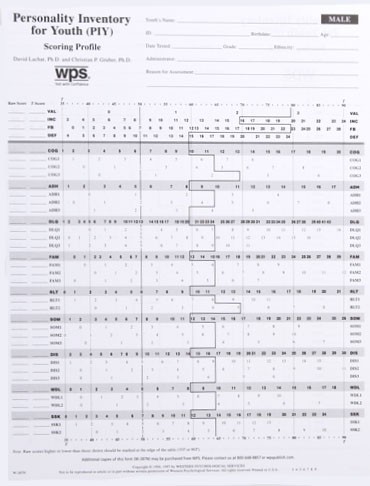
Personality Inventory for Youth (PIY)
PIY Profile Form (pad of 100)
$70.80 -
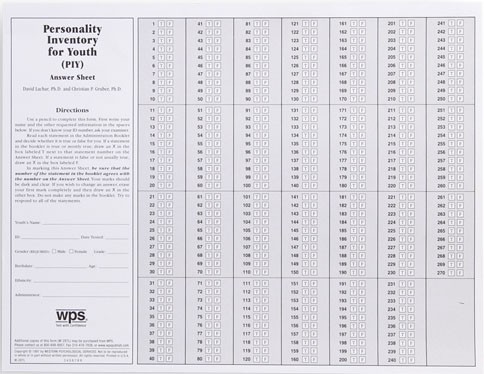
Personality Inventory for Youth (PIY)
PIY Answer Sheet (pad of 100)
$70.80 -
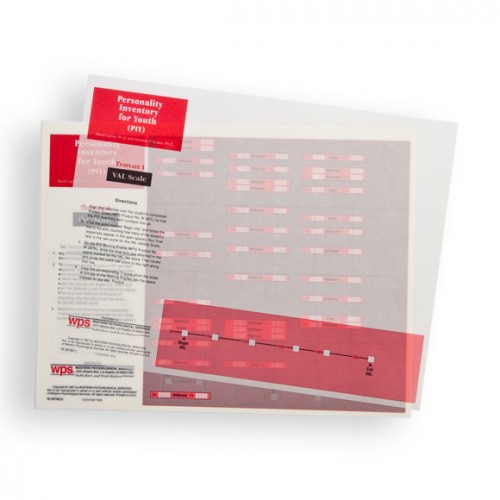
Personality Inventory for Youth (PIY)
PIY Scoring Templates (1 set)
$96.00
- Copyright 1995

 Proud to be Canadian
Proud to be Canadian